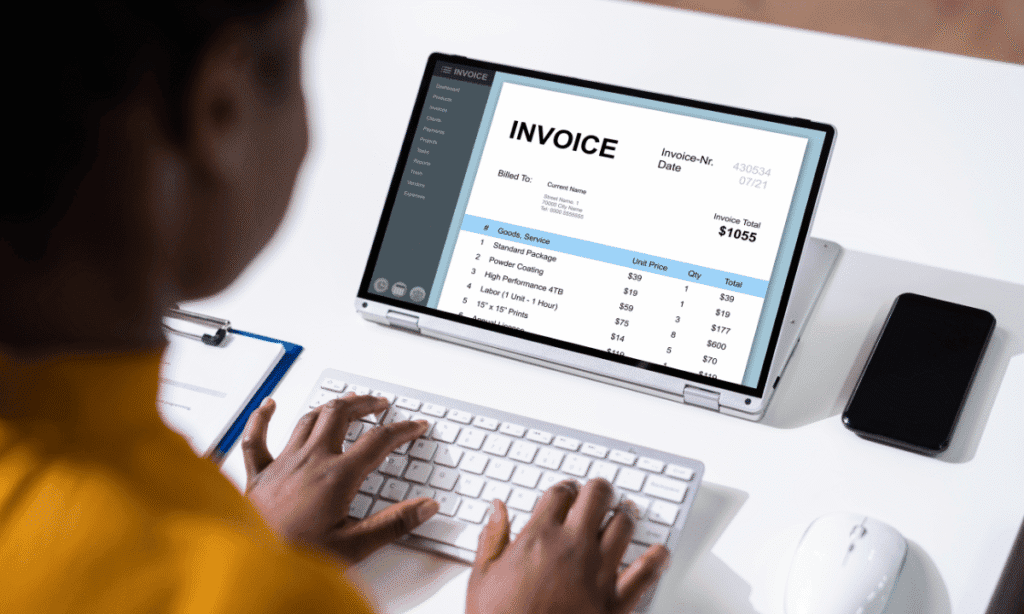Managing money shouldn’t be stressful—or expensive. Yet, many people struggle with budgeting, tracking expenses, and planning for the future simply because they don’t have the right tools. The good news? You don’t need a financial advisor or expensive software to take control. The best free personal finance apps offer powerful features—automated budgeting, investment tracking, debt payoff planning, and more—without costing a dime.
I’ve tested and analyzed dozens of tools to find the ones that actually work. Below, I’ll break down the top free personal finance software options, their standout features, and how they can help you reach your money goals faster. Whether you’re paying off debt, saving for retirement, or just want a clearer picture of your spending, there’s a perfect tool for you.
Why You Need Personal Finance Software
Before diving into the best tools, let’s talk about why they matter. A 2023 CNBC survey found that 74% of Americans feel stressed about money. The biggest reasons? Not knowing where their cash goes and feeling unprepared for emergencies.
Personal finance software solves these problems by:
✔ Automating expense tracking – No more manual spreadsheets.
✔ Identifying spending leaks – See where you’re overspending.
✔ Setting and hitting financial goals – Save for a house, vacation, or retirement.
✔ Reducing debt faster – Optimize payments with smart strategies.
Now, let’s explore the best free options.
1. Mint: Best for Automated Budgeting & Spending Tracking
Best for: Beginners who want a hands-off approach to budgeting.
Key Features:
✅ Automatic transaction categorization – Syncs with banks and credit cards.
✅ Customizable budgets – Set limits for groceries, entertainment, etc.
✅ Bill reminders – Avoid late fees.
✅ Free credit score monitoring – Updated monthly.
Drawbacks: Ads for financial products (how Mint stays free).
Why It’s Great: Mint is the OG of free budgeting apps. It gives a real-time snapshot of your finances without requiring much effort. If you’ve never tracked spending before, this is the easiest place to start.
2. Personal Capital (Now Empower): Best for Investors & Net Worth Tracking
Best for: People who want to track investments alongside budgeting.
Key Features:
✅ Net worth dashboard – Connects bank accounts, loans, and investments.
✅ Retirement planner – Projects if you’re on track.
✅ Investment fee analyzer – Finds hidden fees eating your returns.
✅ Cash flow tracking – Shows income vs. spending trends.
Drawbacks: More investment-focused than budgeting-focused.
Why It’s Great: If you care about growing wealth—not just budgeting—Empower (formerly Personal Capital) is a powerhouse. The retirement planner alone makes it worth using.
3. YNAB (You Need A Budget): Best for Zero-Based Budgeting
Best for: People who want to aggressively control spending.
Key Features:
✅ Zero-based budgeting – Every dollar has a job.
✅ Debt payoff tools – Optimizes repayment strategies.
✅ Goal tracking – Save for big purchases systematically.
✅ 34-day free trial – Then $99/year, but many find it pays for itself.
Drawbacks: Steeper learning curve than Mint.
Why It’s Great: YNAB’s philosophy (“give every dollar a job”) forces intentional spending. If you’re serious about breaking the paycheck-to-paycheck cycle, this is the best method.
4. PocketGuard: Best for Simplifying Spending
Best for: People who want a quick, digestible spending overview.
Key Features:
✅ “In My Pocket” feature – Shows spendable cash after bills/savings.
✅ Bill negotiation – Finds lower rates on subscriptions.
✅ Savings goals – Automatically sets aside money.
Drawbacks: Less detailed than Mint or YNAB.
Why It’s Great: If you just want to know “Can I afford this?” before swiping your card, PocketGuard gives the fastest answer.
5. Goodbudget: Best for Envelope Budgeting (Digital Cash System)
Best for: Couples or families managing shared expenses.
Key Features:
✅ Digital envelope system – Allocate funds to categories.
✅ Syncs across devices – Great for shared budgets.
✅ Debt tracking – Pay down balances strategically.
Drawbacks: Manual transaction entry (no auto-sync in free version).
Why It’s Great: If you miss the cash envelope method but want it digital, Goodbudget brings old-school discipline into the modern age.
How to Choose the Best Free Finance Tool for You
Not sure which app fits your needs? Ask yourself:
-
Do you want automation? → Mint or PocketGuard
-
Are you focused on investing? → Empower (Personal Capital)
-
Do you need strict budgeting? → YNAB or Goodbudget
Final Thoughts:
You don’t need a fancy app to improve your finances—but the right free tool can accelerate progress. Whether you choose Mint for simplicity, YNAB for discipline, or Empower for investing insights, the key is consistency.
Action Step: Pick one app today, link your accounts, and check back weekly. Small steps lead to big financial wins.
Frequently Asked Questions (FAQs)
Q: Are free finance apps safe?
A: Reputable apps like Mint and Empower use bank-level encryption. Always enable two-factor authentication.
Q: Can I use multiple apps?
A: Yes! Some people use Mint for daily spending and Empower for investments.
Q: What’s the catch with free apps?
A: Most make money through ads or premium upsells, but core features remain free.



